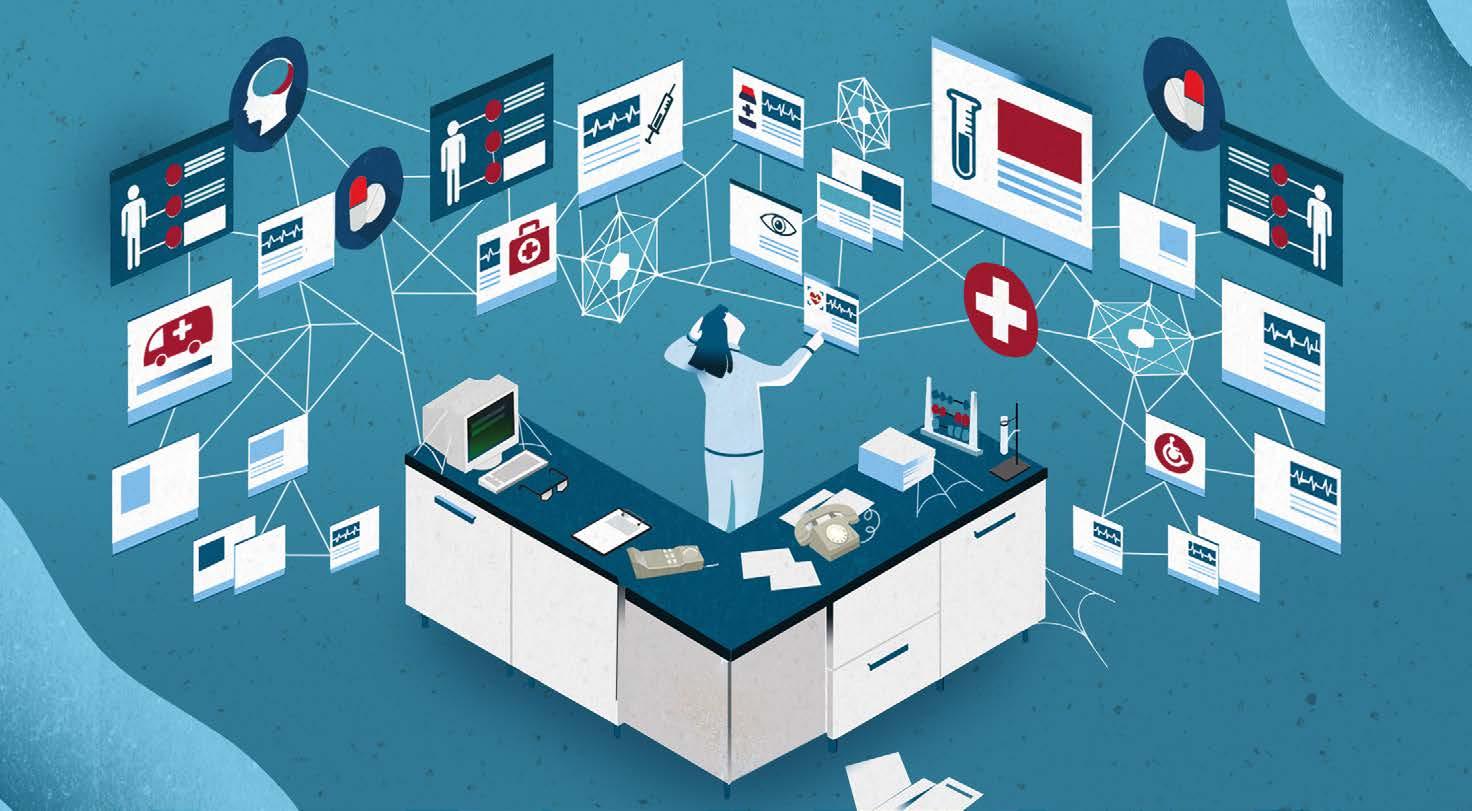
2 minute read
Each week, 1 out of 4 nurses encounters an IT problem that endangers patient safety |
Healthcare Initiatives
Every day, a nurse spends over an hour struggling with computers and IT systems instead of caring for their patients. Unnecessary clicking, copying, redocumenting, navigating and searching, dealing with crashing systems — this is not only frustrating and unmotivating, but it endangers patients’ safety, too.
Advertisement
The COVID-19 pandemic increased the use of and need for functioning digital systems for both patients and healthcare workers. As nurses report having days with only 20 percent or less of actual physical patient care, it’s clear that systems used in healthcare should facilitate the work increasingly. Many organizations have only now started to realize the importance of these systems.
The fragmented system landscape, poor communication, and non-intuitive UI are the biggest problems of digital systems in nurses’ daily work. These issues can affect both patient and nurse safety. Hospitals lose resources on unnecessary tasks due to digital systems not being fit for nursing work. This does not only affect the efficiency and fluency of nurses’ daily work but how the nurses feel about their job. Nurses do not feel listened to when new systems are being developed for them. In order to really facilitate nurses’ work, these needs and wishes have to be taken into consideration when building systems for healthcare.
What could healthcare providers do to fix the issue?
To find out, Reaktor surveyed nurses across Europe – something that is rarely done. Based on the research, the most common issues nurses around Europe struggle with:
→ Fragmented systems landscape and insufficient communication are the biggest problems that lead to issues for both caretakers and patients.
→ Problems regarding systems and tools cause a great deal of extra work and compromise patient safety.
→ 25% of nurses feel that patient safety is endangered every week due to poorly facilitated systems.
→ The systems are not designed for end-users or for making care work smoother and more efficient.
→ Short-term solutions and specific problem areas are targeted rather than comprehensive entities.
→ By fixing usability problems, a nurse could use over 1 hour per workday for more purposeful and productive work.
How to fix IT in healthcare?
To find out, download the full report: health.reaktor.com










